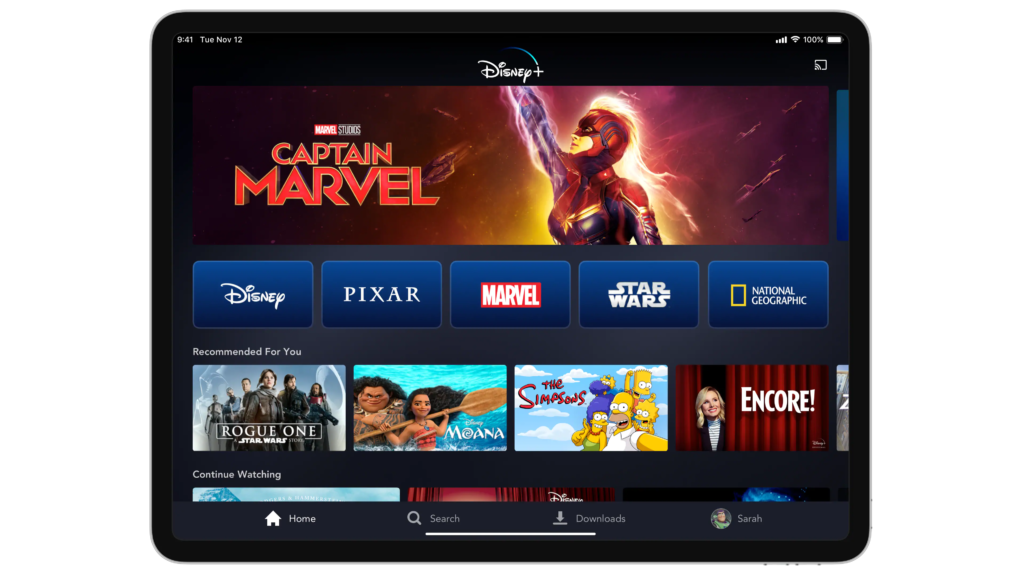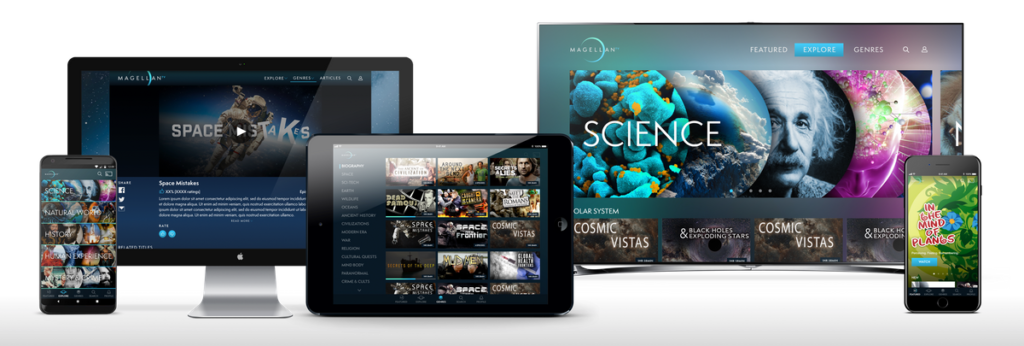By David Pring-Mill
Disney’s Bob Iger and AT&T’s John Stankey have both emphasized the importance of their brands in building out their respective streaming services.
Iger essentially stated that a brand offers a mental shortcut, giving a consumer the ability to quickly decide whether to spend time or money on a product and giving them the trust that they’re going to derive value from the transaction.
Marketing concepts are frequently premised on psychology. The notion of “decision fatigue” suggests that the quality of decision-making deteriorates after long periods of exertion. Given the bombardment of stimuli that is constantly being delivered by digital devices and the sometimes demanding nature of work in what is increasingly a gig economy, it makes sense that consumers are feeling burnt-out even in their leisure time.
According to the academic researchers behind one paper on the topic, decision fatigue also presents a potential paradox. “People who lack choices seem to want them and often will fight for them,” the authors write, even though this decision-making exhausts their hypothetically limited, self-regulatory resources. However, adjusting oneself to unchosen circumstances might also cause those psychological resources to be expended.
With more and more products appearing in aisles, on menus, and in ecommerce search results, American psychologist Barry Schwartz has described this situation as “the tyranny of freedom.” Schwartz says that Western industrial societies disseminate an official dogma: maximizing freedom and choice has a positive effect on the welfare of citizens. But he challenges this notion and thinks there’s a point at which choice becomes excessive and even paralyzing for consumers. Furthermore, constant connectivity presents the opportunity to always be working and the existence of that as an option, regardless of whether the option is taken, could detract from personal experiences.
Professors Sheena Iyengar and Mark Lepper found that consumers presented with more choices were often less willing to buy anything at all. Furthermore, their subsequent satisfaction was lower.
A well-branded streaming service might assist in decision fatigue. Consumers who are overwhelmed with entertainment options would immediately know what type of entertainment is being offered. The Disney+ interface prominently uses established brand names (“Disney,” “Pixar,” “Marvel,” “Star Wars,” and “National Geographic”) as a method of library exploration.

“Our goal is not to conquer the world, our goal is to get the right people to subscribe,” said Thomas Lucas, the co-founder of a documentary streaming service called MagellanTV.
“And our challenge is not to gain enormous scale. Our challenge is to solidify our place in a media world that is so rich in brands and apps. So we’re building a brand. Disney already has a brand. We don’t expect to build our brand to that giant scale. We expect it to be out there and discoverable and we want the right people to come in, those who want what we offer, which is the high-quality documentaries.”

Decision Fatigue in Content Creation and the Personalization of Quality
Decision fatigue also becomes relevant in the making of the actual content available through streaming services. Tom Rothman, the chairman of Sony’s Motion Picture Group, told The Hollywood Reporter that “movies are comprised of tens of thousands of individual creative and financial decisions, and some of those decisions go awry along the way.”
What does awry look like? What does right look like?
Quality can be very subjective, as evidenced by the long-standing gulf between the critics’ consensus and audience scores on Rotten Tomatoes, a review aggregation website. When people subscribe to the notion of a meritocracy, they often invoke quality as a determining factor in success. Those who have succeeded can claim to be creators of higher quality content, and in so doing, they may overlook their own privileges, random serendipities, the Matthew effect, or the many other factors through which quality must rise or be determined.
From a business standpoint, quality could be simply defined as commercial success; if a movie did well, it must have been good. But in a streaming environment driven by subscriptions, determining the success or failure of an individual piece of content is more complicated.
However, when movies are successfully executed, in one respect or another, more often than not, over a period of time, then that perception of consistent quality or particular qualitative attributes morphs into a viable brand.
According to Iger, “a strong brand is something that creates almost a chemical reaction in someone, as soon as they hear that name.”
Content Recommendation Systems and the Absence of Content
Conceivably, there is a role not just for clear branding in navigating the problem of consumer decision fatigue but there is also a heightened importance for content recommendation algorithms that effectively gauge each consumer’s preferences.
Market saturation exists in at least one respect: the list of available streaming services is growing. However, there’s also missing content and misleading libraries. Branding and content recommendation algorithms can’t connect you with desired content if the content isn’t even there.
Product designers have suggested that some user interfaces attempt to hide the true library size. It has also been argued that streaming services actually have fewer titles than some brick-and-mortar video rental stores did. From a certain perspective, Netflix’s switch to streaming could even be seen as a step back from the original, snail mailed, red envelope service.
However, it really depends on what’s valued most by consumers — do they want to explore classics or older titles, or do they want high-budget originals and series? Either way, the economics must be sustainable; at the close of 2019, Netflix had US $14.8B in debt. (Many tech companies take on high levels of debt in order to scale.)
Although licensing deals can be legally complicated and tracking down chain of title, or renegotiating rights, may serve as a significant deterrent, new media companies could hypothetically arise to meet any neglected areas of demand. For example, the Criterion Channel features many classic films that are not available elsewhere.
These days, change across the entertainment industry is often rapid and profound. Demographic trends are changing, screen time is increasing, attention is being bombarded, and technological innovation, coupled with creative content, has sometimes given rise to a paradox of choice and the personalization of quality.
This is part of an ongoing series of articles about major disruptions in the technology, media, and telecom sector. You can read the other, related articles in Quick Insights and check the Whitepapers section for periodic, in-depth analyses. Subscribe for updates here.